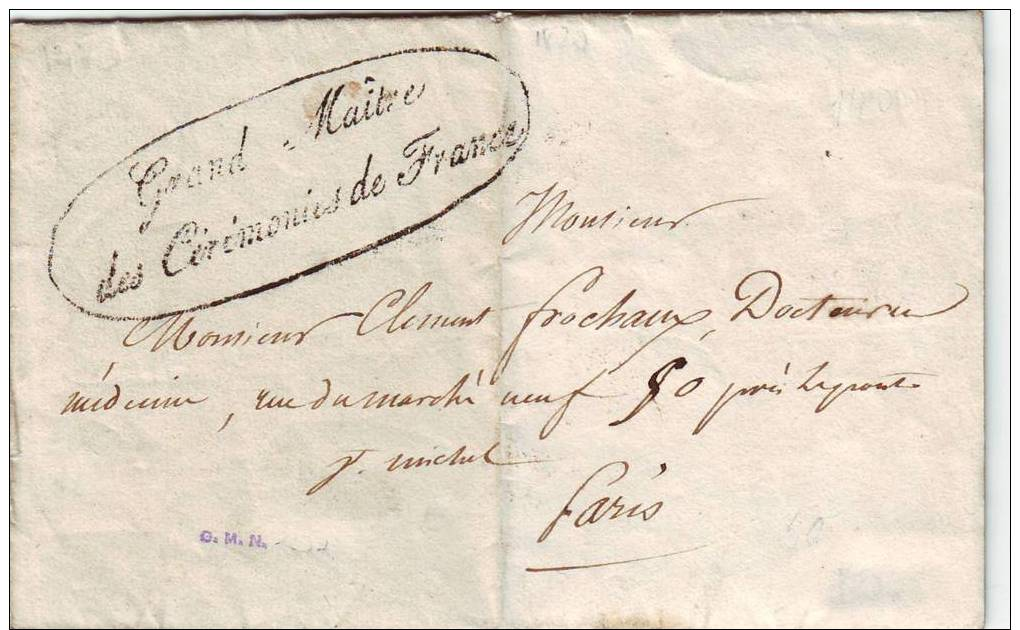 |
| Coat-of-arms of the last Grand Maître |
Besides the Grand Maître there was an "introducteur des ambassadeurs" whose job it was to arrange all audiences between the King, the Queen and the Dauphin with foreign ambassadors. From the time of Louis XIV this holder of this post had his own assistant. Then there was the Maître des Cérémonies (Master of Ceremonies) and the D'Aides des Cérémonies (roughly translated to the helpers or assistants). The Master of Ceremonies had a rather small salary during the Sun King of just 1500 livres each year but on occasion he would receive bonuses; for example in 1687 he received 1200 livres in bonus as well as 2000 livres for pension. The introducteur was probably one of the lowest-paid posts of the Ceremonials with an annual income of just 600 livres. However, this post was still coveted due to the many opportunities to add to this meagre income; it was quite normal that a sum as large as 9000 livres would come in through the so-called "livres d'appointements" and even more common for the introducteur to receive cash gifts from ambassadors who wanted to secure audiences with the King. Combined this meant that in 1750 Dufort de Cheverny had a revenue of 25.000 livres!
Even working as an assistant to the introducteur could bring on more advantages. A good example took place in 1699 when such an assistant was promoted and his salary suddenly tripled. No wonder that courtiers were willing to take on even minor positions!
 |
| Note stamped with the Grand Maître's stamped, sent from Paris |

No comments:
Post a Comment